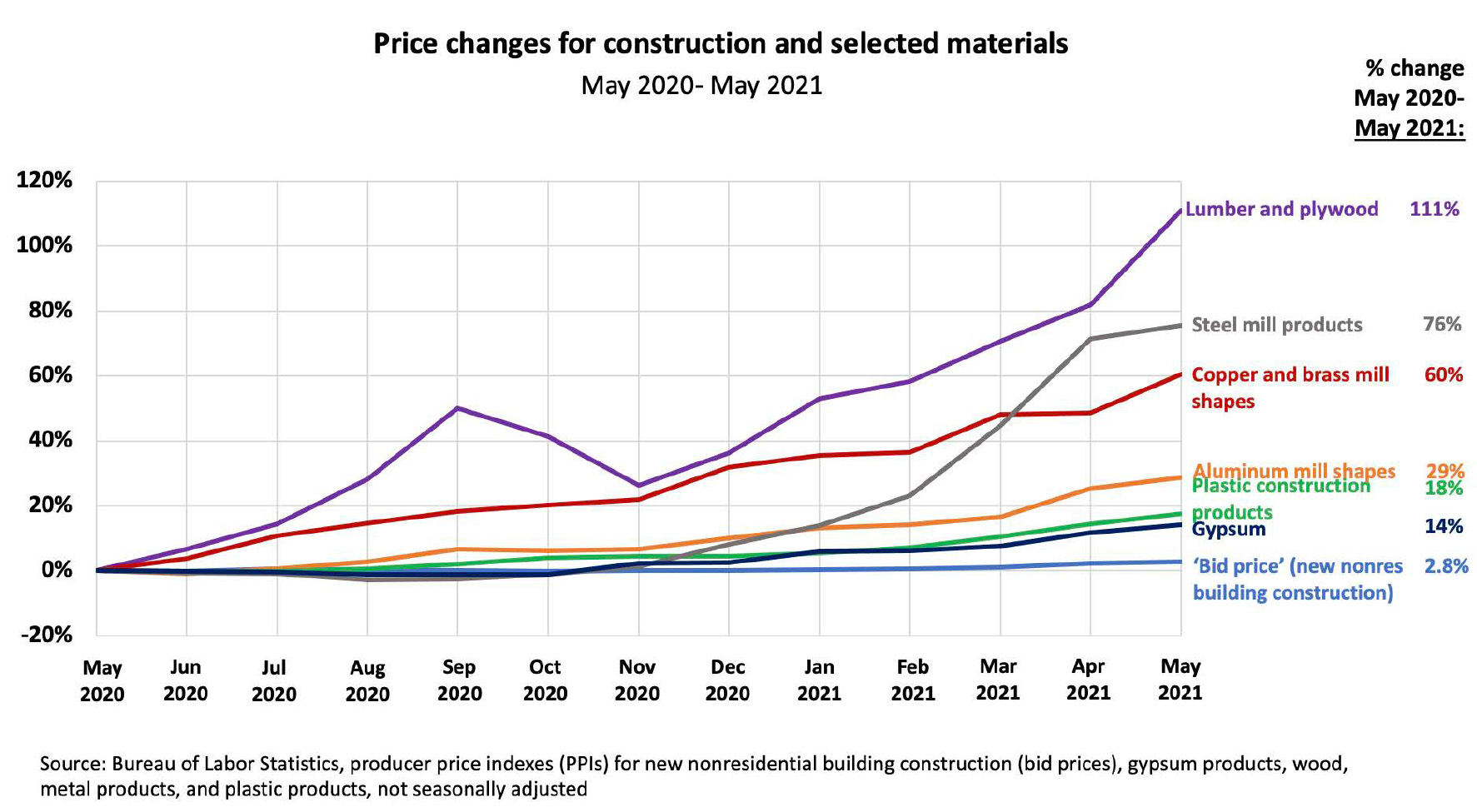Across the country, the COVID-19 pandemic has thrown a big monkey wrench into the gears of the construction industry — causing disruptions and uncertainty.
The problem is not because workers are getting sick, however. The real difficulties stem from the exorbitant cost of building materials — not to mention supply chain issues that delay those expensive, but much needed items getting to jobsites.
Perhaps there is no better example than The Ohio State University’s Wexner Medical tower.
With a price tag of $1.8 billion, the cost to build the structure increases seemingly by the day. Construction started last year on the 820-bed tower – the largest capital project in OSU history – and it is expected to wrap up in early 2026.
The escalating price tag is starting to make OSU trustees sweat. The topic of construction costs was discussed during the May 20 OSU Board of Trustees Master Planning and Facilities Committee meeting.
“The project is underway and the rising cost is a concern,” said Dorsey Hager, Executive Secretary-Treasurer for the Columbus/Central Ohio Building and Construction Trades Council.
Roughly $350 million of the nearly $1.8 billion budget had already been spent, Columbus Business First reported. There is a major concern that the escalating cost of building materials will blow the budget.
“If we blow it by 8 percent, it’s a problem,” stated OSU Senior Vice President of Administration and Planning Jay Kasey at a board meeting.
So far, the project has seen:
- An 83 percent increase in the cost of lumber,
- A 37 percent increase in iron and steel,
- A 40 percent increase in prices for milled products like steel ingots and sheets.
Fortunately, construction for the project does not need much lumber. However, trustees are concerned about the rising cost of specialty metals.
Ohio construction sites are not the only ones feeling the pinch.

In a June Associated General Contractors report, it was noted the average price increase has risen nearly 25 percent across the country. Between May 2020 and May 2021, bid prices rose on average 2.8 percent, while the cost to purchase materials soared 24.3 percent over the same interval.
The entire construction industry could face a setback due to these problems, warned Associated General Contractors Chief Economist Ken Simonson.
He acknowledged many of the price fluctuations are clearly caused by the pandemic, but explained the problem is exacerbated by federal policies, particularly tariffs and quotas on key building materials like lumber and steel.

Leave a Comment